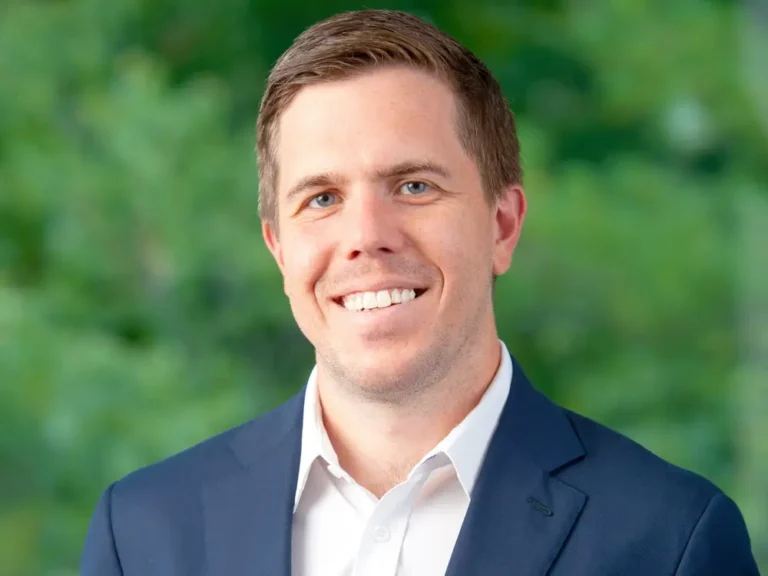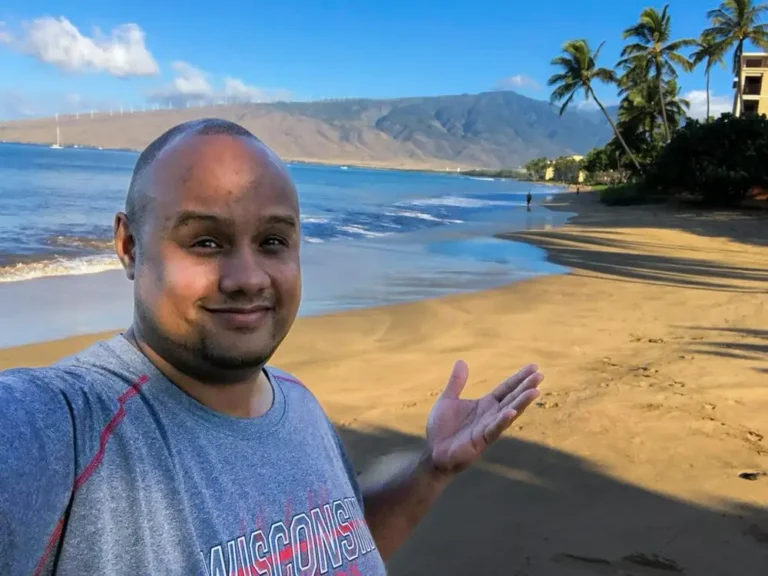What daylight-saving time does to your body and brain

Time
Summer is over, and this Sunday it’s time to turn back the clocks, ending daylight-saving time for the year.
Doctors and scientists say we might save some lives in the process, in large part because people will get some much-needed extra sleep.
The annual ritual in which we “gain” an hour of evening light in the summertime by pushing the clocks forward one hour each spring may seem like a harmless shift. Most Americans love it.
But it’s actually incredibly controversial, and doctors including those in the American Medical Association say the damage it causes to our health is not worth it.
Here’s what DST is, why it was created in the first place, and what we now know about the health effects:
When is DST?
In US states that observe daylight-saving time, clocks change on the second Sunday in March and the first Sunday in November every year.
In the spring, the clocks “spring forward” one hour at 2:00 a.m., instantly becoming 3:00 a.m.
In the fall, the clocks “fall back” one hour at 2:00 a.m., instantly becoming 1:00 a.m.
This year, we lost an hour on Sunday March 10. We will gain an hour on Sunday November 3.
What is the purpose of DST?
Daylight-saving time was originally concocted as a way to save energy in the evenings, and was implemented during World War I in Germany.
Today, around a third of the world participates in the twice-yearly clock-changing ritual, and most of those countries are in Europe.
Not everyone in the US follows DST. Hawaii and Arizona ignore it and use standard time year-round. Those states argued that it makes less sense to shift the clocks when you live near the equator, where the sun rises and sets at roughly the same time each day.
So, does it save energy?
Recent research suggests it’s probably not saving us any megawatts of power — it may be costing us. The state of Indiana didn’t adopt DST until 2006. A study found people spent $7 million more per year in electricity bills after the switch than before. Another study found workers are less productive when DST starts.
There is, however, some evidence that extra evening light can reduce crime and increase the time people spend exercising outdoors, at least in certain climates.
Rise in heart attacks and strokes
Every year, on the Monday after DST comes into effect in the spring, hospitals report a 24% spike in heart attack visits around the US.
Just a coincidence? Probably not. Doctors see an opposite trend each fall: The day after we turn back the clocks, heart attack visits drop 21% as many people enjoy a little extra pillow time.
In Finland, researchers found an 8% increase in ischemic strokes during the two days after the clocks spring forward.
It’s not clear exactly why this happens, but researchers suspect it may be a combination of disrupted sleep, stress at the start of the working week, and underlying medical conditions.
“That’s how fragile and susceptible your body is to even just one hour of lost sleep,” sleep expert Matthew Walker, author of “How We Sleep,” previously told B-17.
Disrupting our natural hormone cycle
The reason that springing the clocks forward and pushing them back again is bad for us comes down to interrupted sleep schedules.
The human body has its own internal clock: the “circadian rhythm,” which operates in tune with the rest of the outside world. When we are exposed to sunlight, our body releases hormones to keep us awake, speed up our metabolism, and trigger digestion and hunger so we have the energy to be active during the day. (This is why when you’re jet-lagged, experts recommend getting outside for sunrise or sunset to align your body with the local sleep schedule.)
At nightfall, our bodies release melatonin, the hormone that makes us sleepy. That’s also the time when our bodies release growth hormones, our memories consolidate, and our body temperature drops to conserve energy.
The Sleep Research Society argues that getting up and starting our days in the dark disrupts our bodies’ natural hormone production and that triggering this switch once a year may increase our risk of obesity, diabetes, mood disorders, cardiovascular issues, and life-threatening accidents. One study found DST may lead to a temporary increase in suicides. (This is why sleep medicine experts also call for an end to night-shift work.)
In a statement calling to end DST, the American Medical Association said it can take months for our bodies to adjust to the new sleep cycle.
Increase in car accidents
We’re also prone to make more deadly mistakes on the roads: A study of over 700,000 car accidents from the mid-1990s to 2017 found a 6% increase in crashes the week after DST took effect.
Researchers estimate this is partly due to sleep deprivation for drivers and pedestrians, and also lack of visibility.
DST also causes more reports of injuries at work. A 23-year study of miners found both the number and severity of their injuries reliably went up on the Monday after daylight-saving time started each year, and other workers lost about 40 minutes of sleep.
Some lawmakers want permanent DST — others want standard time year-round
The political debate over DST is fierce, unscientific, and deeply divided.
There are at least 20 states that have passed or are considering legislation to switch to permanent daylight-saving time, per the National Conference of State Legislatures. And just as many states are considering legislation to end DST and move to permanent standard time. There’s some messy overlap here — a dozen states have bills considering both approaches. Many states have bills saying they will switch to whatever time their neighbors are on.
California is a unique case. In the 2018 midterms, voters opted to get rid of the annual clock change, to be in permanent daylight-saving time. Then in early 2024, lawmakers who oppose DST introduced a bill to switch to permanent standard time — but both options have gotten stuck in committee meetings and never really progressed.
Switching to permanent DST requires a green light from Congress, but states do not need federal approval to switch to permanent standard time.
The federal government considered permanent DST in 2022. In fact, the Sunshine Protection Act, introduced by GOP Sen. Marco Rubio, was passed unanimously by the Senate, only to falter in the House.
Health and sleep experts were relieved. They said the entire country should follow Hawaii’s and Arizona’s lead, and wondered if Rubio and his colleagues had misunderstood which time system is better.
“When we saw that, it was kind of an ‘oopsie-daisies,'” Dr. Akinbolaji Akingbola, a sleep expert at the University of Minnesota Medical School, previously told B-17. “We’ve all been pretty clear that standard time would be the better choice.”






